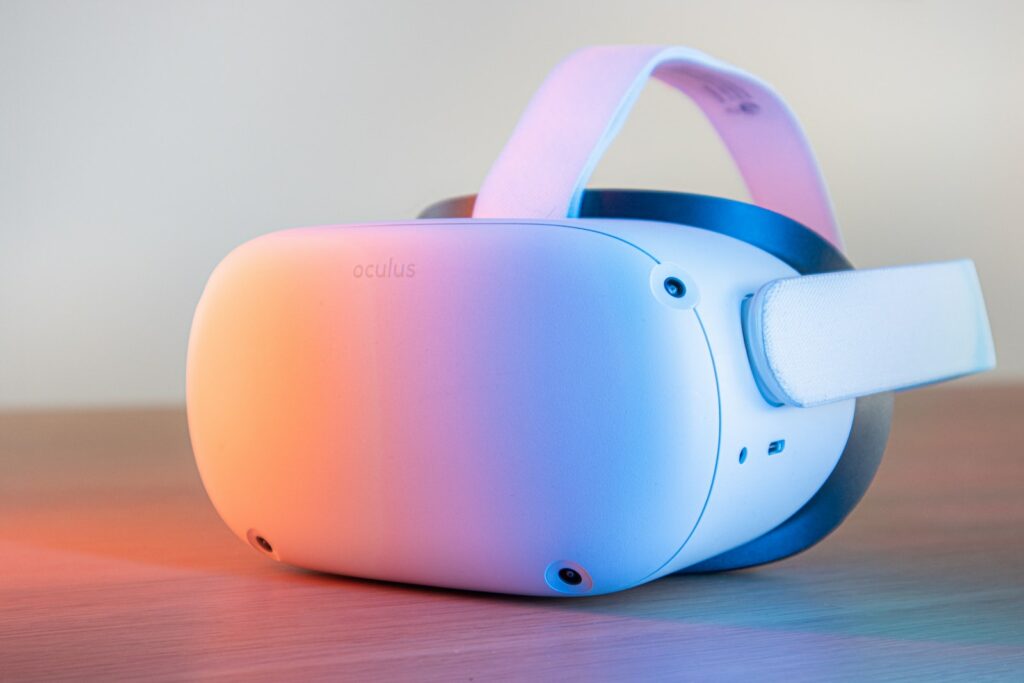The future of virtual and augmented reality technology is one of the most exciting and rapidly evolving areas in the tech industry. With advancements in hardware and software, virtual and augmented reality (VR and AR) technology has the potential to revolutionize the way we interact with the world and with each other. From gaming and entertainment to education and healthcare, the potential applications of VR and AR technology are vast and varied. In this article, we will take a closer look at the future of VR and AR technology, the potential applications, and the challenges that need to be overcome.
Virtual reality (VR) technology immerses the user in a fully computer-generated environment, while augmented reality (AR) technology overlays digital information on the user’s view of the real world. Both VR and AR have the potential to change the way we interact with technology and with each other. For example, VR technology can be used to create immersive gaming and entertainment experiences, while AR technology can be used to enhance the way we learn and work.
One of the most promising applications of VR and AR technology is in the field of education. VR technology can be used to create immersive learning environments where students can interact with digital objects and simulations, while AR technology can be used to enhance traditional classroom instruction by overlaying digital information on the real world.
Another promising application of VR and AR technology is in the field of healthcare. VR technology can be used to create immersive therapeutic environments that can help patients cope with conditions such as PTSD, anxiety, and phobias. In addition, VR technology can be used in medical training, allowing healthcare professionals to practice procedures in a safe, virtual environment. AR technology, on the other hand, can be used to overlay digital information, such as X-ray images, on a patient’s body during surgery, making it easier for surgeons to identify and target specific areas.
However, there are still challenges that need to be overcome in order for VR and AR technology to reach its full potential. One of the biggest challenges is the cost of hardware and software, which can be prohibitively expensive for many individuals and businesses. In addition, there is a lack of standardization in VR and AR technology, which can make it difficult for developers to create content that is compatible with a wide range of devices.
In conclusion, the future of virtual and augmented reality technology is exciting and rapidly evolving. From gaming and entertainment to education and healthcare, the potential applications of VR and AR technology are vast and varied. While there are still challenges that need to be overcome, the potential benefits of this technology make it worth the effort to overcome these challenges.
Frequently Asked Questions:
Q: What is the difference between virtual reality and augmented reality?
A: Virtual reality (VR) technology immerses the user in a fully computer-generated environment, while augmented reality (AR) technology overlays digital information on the user’s view of the real world.
Q: What are some potential applications of virtual and augmented reality technology?
A: Some potential applications of VR and AR technology include gaming and entertainment, education, healthcare, and various industries such as manufacturing and architecture.
Q: What are some challenges facing the future of virtual and augmented reality technology?
A: Some challenges facing the future of VR and AR technology include the cost of hardware and software, lack of standardization, and the need for more research and development.
In this article, we have discussed the future of virtual and augmented reality technology, the potential applications, and the challenges that need to be overcome. As the technology continues to evolve, it’s important to understand the potential impact it can have on various industries and the challenges that must be addressed to reach its full potential.
